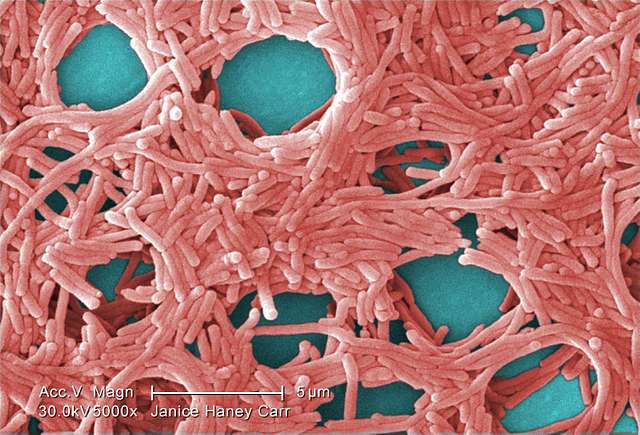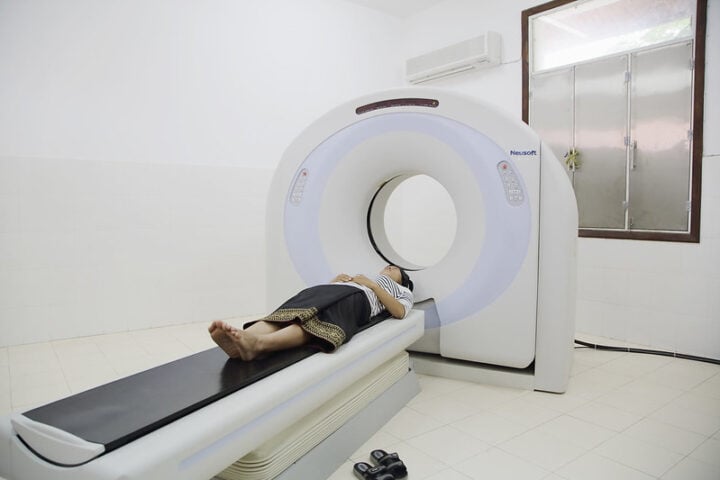In a groundbreaking discovery, researchers at the Buck Institute have identified a new drug-like molecule known as Mitophagy-Inducing Compound (MIC) that could revolutionize our approach to aging and age-related diseases. This naturally occurring coumarin compound has shown promising results in extending the lifespan of C. elegans, a nematode worm frequently used in aging studies, and in improving mitochondrial function in mammalian muscle cells. The findings, published in the November 13, 2023 edition of Nature Aging, highlight the crucial role of healthy mitochondria and the process of mitophagy in longevity and disease prevention.
Mitochondria, the energy-producing organelles in our cells, are central to maintaining a healthy lifespan. Mitophagy, the process that removes and recycles damaged mitochondria, is vital in this context. Dysfunctional mitophagy is linked to numerous age-related diseases, including neurodegenerative disorders like Parkinson’s and Alzheimer’s, cardiovascular diseases, metabolic disorders, muscle wasting, sarcopenia, and cancer progression. Despite the critical role of mitophagy, no treatments have yet been approved for human use.
MIC’s discovery is a significant step forward in this field. It is a benzocoumarin compound that enhances the expression of TFEB, a transcription factor crucial for autophagy and lysosomal functions. Autophagy is an intracellular recycling process that cleans up damaged proteins, relying on the lysosome. MIC operates by inhibiting ligand-induced activation of the nuclear hormone receptor DAF-12/FXR, thereby inducing mitophagy and extending lifespan. This mechanism was previously unknown in the regulation of HLH-30/TFEB and mitophagy.
Similar Posts
The study of MIC began with a focus on known mitophagy enhancers, including rapamycin, in a mouse model of Parkinson’s disease. MIC emerged as a significant find during the screening of natural compounds in neuronal cells. The researchers, led by Julie Andersen, PhD, and Manish Chamoli, PhD, chose to study its broader impact on aging and its mechanism of action using C. elegans.
The results of these studies have far-reaching implications. MIC’s potential to enhance mitochondrial function and extend lifespan by targeting DAF-12/FXR opens new avenues in the fight against age-related diseases. Moreover, MIC’s mechanism of action hints at a connection between brain and gut health, as FXR, regulated by bile salts formed in the gut microbiome, influences TFEB levels. This connection is crucial since neurons, which are abundant in mitochondria, play a significant role in neurodegeneration.
The discovery of MIC is particularly notable given the scarcity of molecules in the pipeline for potential therapeutics in geroscience. MIC stands out as a strong candidate for further development due to its effects across multiple models and its natural occurrence.
The research conducted at the Buck Institute, with contributions from various collaborators, opens up promising pathways for addressing aging and related diseases. Funded by NIH grants and supported by the Larry L. Hillblom Foundation, this study stands as a testament to the potential of geroscience in enhancing human health and longevity.

















